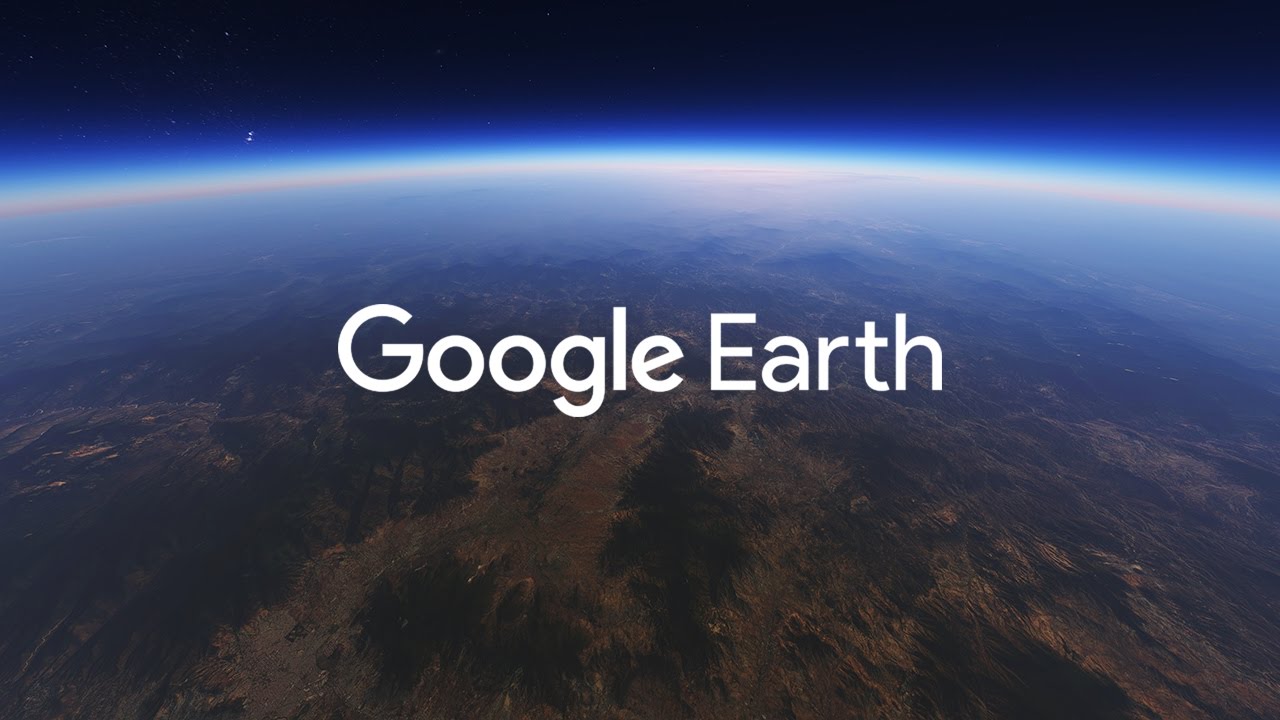Virtual Reality (VR) in classrooms can reform education and contribute fundamentally to successful global collaborations, especially in accomplishing the United Nations’ Sustainable Development Goals (SDGs). For this discussion, we should zero in on utilizing Google Earth Visits in K-12 education to address the Global Goals I’ve accomplished for my project, Global Goal 4: Quality Education.
Global Goals 4 expects to guarantee comprehensive and impartial quality education and advance deep-rooted learning open doors for all. VR devices like Google Earth Visits can assume a significant part in gathering this goal by giving vivid and intuitive growth opportunities that rise above customary study hall limits.
Google Earth Visits

Google Earth Visits is an instructive apparatus that permits instructors and students to investigate the world practically through 360-degree all-encompassing pictures. It will empower students to “travel” to different areas and experience virtual field trips. By utilizing VR headsets, for example, Google Cardboard or the Oculus Mission 2, students can feel present in those areas, regardless of whether they are many miles away.
Within this video provided by Google, we are able to look into the way Google Earth working with VR shapes our experience.
Upgraded Global Collaborations
VR can break social obstructions and cultivate multifaceted comprehension. By encountering better places, societies, and networks through VR, students can foster sympathy and appreciation for variety, prompting more agreeable Global coordinated efforts. VR can also work with constant cooperative tasks among students worldwide. For instance, students from various nations can collaborate on a virtual recreation of verifiable destinations or work together to tackle worldwide difficulties like environmental change or ecological preservation. Next, VR can establish language learning conditions where students can work on talking and listening abilities with local speakers from various nations, advancing language capability and intercultural correspondence. And finally, Through VR encounters, students can acquire a more extensive point of view on worldwide issues like poverty, inequality, and environmental degradation. This understanding can motivate them to become proactive worldwide residents and work together to address these difficulties.
Meeting Global Goal 4 – Quality Education
VR innovation permits students in underserved regions or far-off areas to get instructive encounters they probably won’t have. Virtual field excursions to galleries, verifiable destinations, and regular marvels can enhance their learning and advance a more comprehensive school system. Also, VR gives a seriously captivating and intelligent learning climate, which can improve students’ maintenance and comprehension of perplexing themes. It can make learning fun, starting interest and adoration for learning. VR can take special care of assorted learning styles, furnishing customized opportunities for growth to students with various capacities and learning inclinations. This inclusivity lines up with the rule of abandoning nobody, as underlined in the SDGs. And finally, VR can likewise be utilized for proficient improvement for instructors, empowering them to encounter new showing techniques, best practices and team up with teachers worldwide. This constant learning can work on the nature of schooling conveyed in homeroom.
Within a lesson plan employing Google Earth’s wonders, we have been given the following instructions…
“Teachers can use I’m Feeling Lucky and Street View in Google Earth to randomly select a location in the world and relate it to multiple content areas. Teachers can also choose to preselect a location that lends itself well to relevant standards and objectives using Search or Voyager Stories.”
https://storage.googleapis.com/gweb-earth/education/pdf/EN_PassportWarmUp_7thGrade.pdf
This captivating lesson, accompanied by its counterparts found within the provided link, seamlessly integrates the power of VR and Google Earth, culminating in a plethora of thrilling educational experiences for young minds.

Utilizing Google Earth Visits or comparative VR apparatuses in homerooms can add to practical worldwide joint efforts and accomplish Worldwide Global 4: Quality education. By cultivating compassion, breaking social boundaries, and giving admittance to different learning potentials open doors, VR can engage students to become dynamic members intending to worldwide difficulties and pursue a manageable future.
Virtual reality is one of the most fascinating inventions of the past decade. The ability to visit new places and see places you have never been through a device that makes it feel like you are using your own eyes is amazing. I like how you recommended VR because it can lead to endless possibilities and opportunities for people around the world.